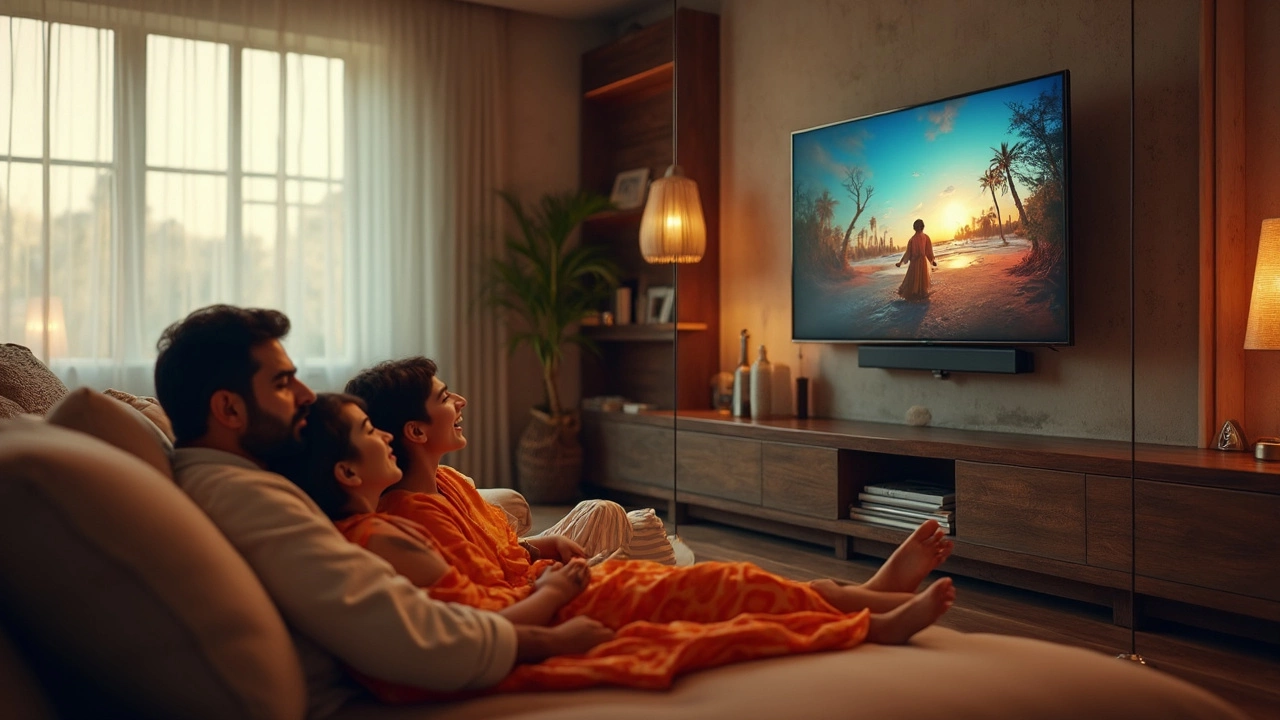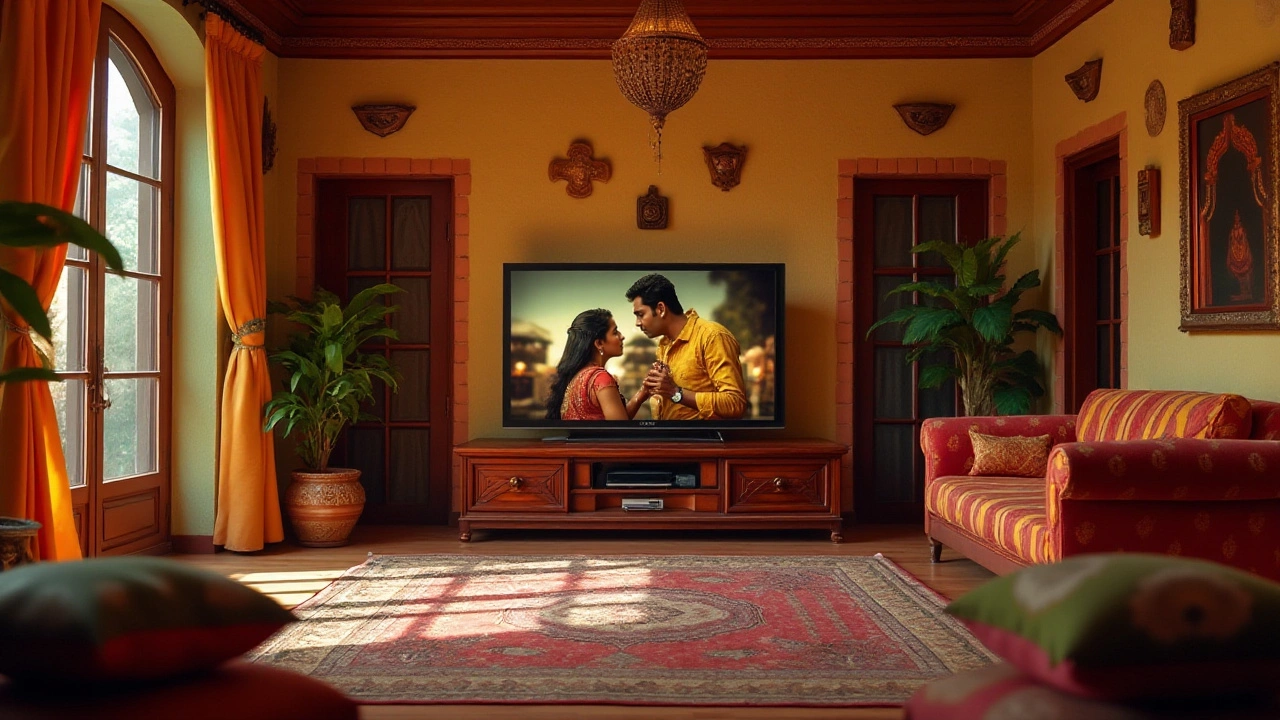Viewing Angle Guide: Set Up Your TV for the Best Picture
Ever notice how a movie looks great from one spot but washed‑out from another? That’s the viewing angle at work. Getting the right angle isn’t about fancy tech; it’s about where you place your couch, how high the screen sits, and how far you sit. Follow these simple steps and you’ll be watching TV like a pro.
Find the Sweet Spot: Distance and Height
The first rule is to sit at a distance that’s roughly 1.5 to 2.5 times the screen’s diagonal. For a 65‑inch TV, aim for about 8‑10 feet away. Too close and the picture looks pixelated; too far and details vanish. Next, set the TV height so the center of the screen is at eye level when you’re seated. Most sofas have a seat height of 18‑20 inches, so a wall‑mounted stand or adjustable TV stand should place the screen’s midpoint around 42‑48 inches from the floor.
Angle It Right: Horizontal and Vertical Limits
Human eyes handle small angles well, but beyond 30 degrees off‑center the picture starts to lose contrast and color accuracy. Keep the horizontal angle within 15‑20 degrees left or right of the screen’s center. If your couch is off to the side, consider a swivel TV mount that lets you pivot the screen toward the main seating area. Vertically, a tilt of up to 10 degrees downward helps reduce glare without hurting picture quality.
Don’t forget the “golden viewing zone.” Sit directly in front of the TV, not too far to the left or right, and you’ll get the most balanced brightness. If you have a large family room, you can create multiple zones by arranging secondary seating at similar distances and angles, or use a wider‑viewing TV like an OLED that handles wider angles better.
Lighting matters too. Position lamps and windows so they don’t reflect on the screen. A dimly lit room improves contrast, but avoid complete darkness that can strain eyes. Soft, diffused light behind the TV (bias lighting) reduces eye fatigue and can even make the picture look poppier.
Finally, test your setup. Sit where you usually watch and note any color washout or loss of detail. Adjust the couch or TV a few inches at a time until the picture looks crisp. Small tweaks, like moving the sofa back a foot or tilting the TV a couple of degrees, often make a big difference.
Remember, the perfect viewing angle is personal. Use these guidelines as a starting point, then fine‑tune based on your room’s shape and your own comfort. With the right distance, height, and angle, every movie night will feel like a theater experience right in your living room.
Should I Tilt My TV Down? Straight Answers for the Perfect Viewing Angle
Wondering if tilting your TV down makes a real difference? This article breaks down when and why you might want to tilt your TV, plus how it affects your comfort and picture quality. Find tips for getting the angle just right, especially if your TV is wall-mounted or sitting high. Learn practical details that can give you a better watching experience—without any jargon. Say goodbye to stiff necks and bad glare for good.
Optimal TV Height for Perfect Viewing Experience
Positioning your TV at the right height can significantly enhance your viewing comfort and home entertainment experience. This article explores various factors that influence the ideal TV height, such as screen size, room layout, and seating arrangement. Readers will find practical tips on selecting the best TV stand and mounting options that suit different spaces. Discover how to achieve the perfect balance between aesthetics and functionality in your living space.






